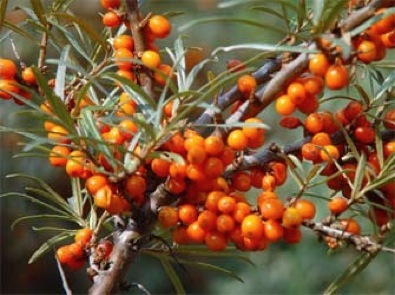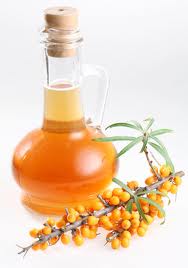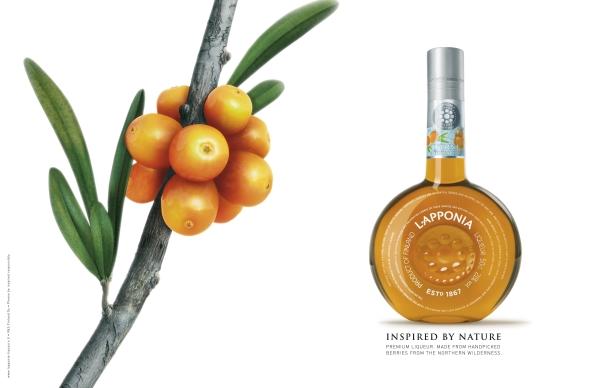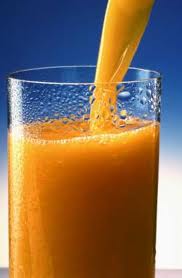Sea Buckthorn: Sour Source of Vitamin C
If you are collecting Sea Buckthorn you’re probably cold.
Just as some edibles are found only in tropical areas, some are found only in temperate climates and the Sea Buckthorn is a prime candidate. It grows Canada, Great Britain, Europe, Russian, Mongolia, China and Japan. Usually near the sea, if found elsewhere it is a posing as an ornamental. It can be planted in the northern United States.
The Sea Buckthorn’s claim to botanical fame is that its berries, which are rich in Vitamin C, stay on the shrub way into winter. In such northern climates it was often the only source of Vitamin C to be had in the winter time and has more Vitamin C than strawberries, kiwis, or even oranges. In fact, the Sea Buckthorn is a powerhouse of nutrients.
It is estimated that the Sea Buckthorn alone could provide all the Vitamin C requirements for everyone on earth. China alone has 2.5 million acres of Sea Buckthorn, none on the sea I might add. It is also rich in vitamins E, B1, B2, and several anti-oxidants. In fact, it has over 100 healthful constituents and is one of the most nutritious berries on earth. And while the berry is potent the plant seemingly knows it and protects them with vicious thorns.
There is no elegant way to collect Sea Buckthorn berries. Orange, juicy and fragile, you clasp the branch (to go with the thorns) and then strip the branch of the berries. They will break and release their juice which you will catch in a container. It is messy work but a lot can be collected in a short while. Then you must separate the seeds, thorns and other debris from the juice, either by hand or a strainer. Once cleaned, you’re ready to go.
The juice of the Sea Buckthorn is too acidic for most people to drink fresh. But it is used to make jellies, marmalades, sauces, and liqueurs. Buckthorn booze is probably the most common top-shelf Russian gift. The juice can be used by itself or added to other juices. Some think it resembles passion fruit, others pineapple (after a lot of sugar is added. It is very tart with malic acid, the same acid that makes apples tart.)
Medicinally there are written records of it being used as early as 800 AD. Oil from the seeds are used to treat a variety of skin diseases and injuries. Cosmonauts use it for radiation burns.
Botanically known as Hippophae rhamnoides, the Sea Buckthorn is closely related to the Elaeagnus genus which is found from temperate areas to tropical climes. (See separate entry on Silverthorn.) It is also called “Sallow Berry” because it can stain yellow, and the Sandthorn. There are actually five species.
Rhamnoides (ram-NOY-deez) means buckthorn-like. Hippophae (hip-POFF-uh-ee) however means “shining horse’ or ‘giving light to a horse.’ The name comes from the ancient Greeks who noticed horses fed Sea Buckthorn leaves had shinier coats and were healthier. The leaves contain 15% protein. No wonder Sea Buckthorn was the reported food of Pegasus, the famed winged horse.
Green Deane’s “Itemized” Plant Profile
IDENTIFICATION: Thorny shrub, leaves pale silvery-green, lance shaped, 1.5 to 4 inches long, about 1/4 inch wide. Dense orange berries — egg-shaped drupes — along the stem. Single seeded. Under some conditions the Sea Buckthorn can reach tree height.
TIME OF YEAR: Blossoms in March or April, fruits September and October, fruit persists to March. Can survive temperatures from 45 below zero to 104 F.
ENVIRONMENT: Open well-watered spaces, coastal areas, is a non-legume nitrogen fixer
METHOD OF PREPARATION: Numerous. Tart juice is used to make jelly, sauces, juices, marmalade, liqueurs.





